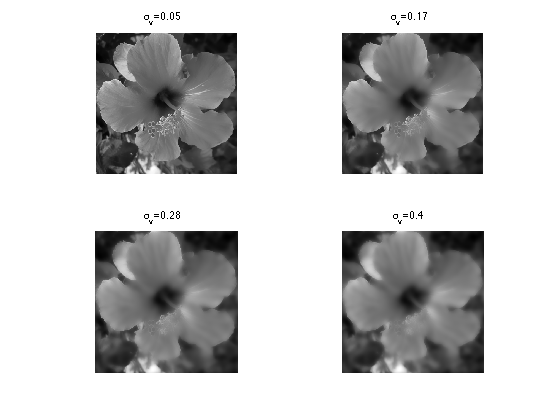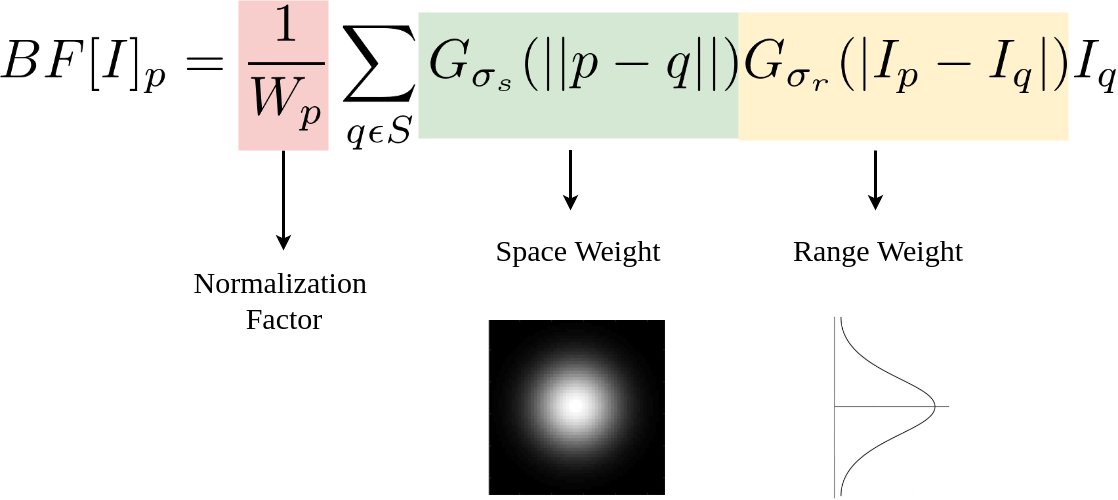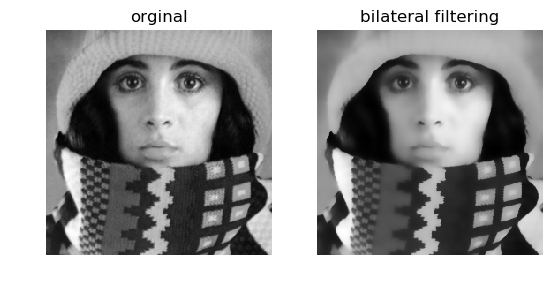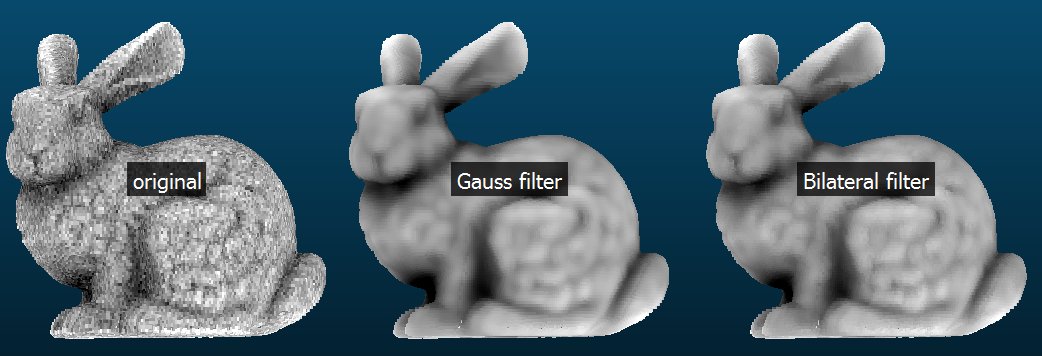Bilateral Filter To An Image

Bilateralfilter src dst d sigmacolor sigmaspace bordertype.
Bilateral filter to an image. Two pixels can be close to one another that is occupy nearby spatial location or they can be similar to one an other thatis have nearby values possiblyin a perceptually meaningful fashion. To view the results convert the filtered image to rgb using lab2rgb. It has shown to be an effective image denoising technique in addition to some other applications. Joint bilateral upsam pling kopf et al.
It is increasingly common in computer graphics research papers but no single reference summarizes its properties and applications. Bilateral space optimization barron et al. Bilateral filtering also takes a gaussian filter in space but one more gaussian filter which is a function of pixel difference. Summary the bilateral filter is ubiquitous in computational photography applications.
Following is the syntax of this method. This filter smoothes an image but keeps sharp edges. The bilateral filter operation applies a bilateral image to a filter. The bilateral filter is a nonlinear filter that does spatial averaging without smoothing edges.
This weight can be based on a gaussian distribution. The idea underlying bilateral filtering is to do in the range of an image what traditional filters do in its domain. Bilateral filter bilateral filtering of an image. A bilateral filter is a non linear edge preserving and noise reducing smoothing filter for images.
It replaces the intensity of each pixel with a weighted average of intensity values from nearby pixels. Barron and poole 2016 builds upon this idea by solving a compact. Bilateral it s a plug in which applies the bilateral filter to an image. 2007 does this by using a bilateral filter on a high resolution guidance map to produce a piecewise smooth edge aware upsampling.
The gaussian function of space makes sure that only nearby pixels are considered for blurring while the gaussian function of intensity difference makes sure that only those pixels with similar intensities to the central pixel are considered for blurring. That respects the edges of the original image.


















